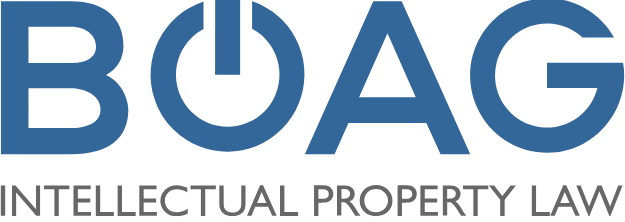
At the heart of any patent is the claims, the quirky, numbered paragraphs at the end of the patent document. The claims describe in words where the boundary around your invention lies, and are crucial to the scope and value of your patent right.
Let’s take a closer look at these claims, their purpose.
An Example Patent Claim
Let’s take a recent Tesla patent as an example. U.S. Patent No.11,661,028. This patent has 17 claims and covers a system that prevents improper use of a seatbelt.
Claim 1 looks like this:
1. A vehicle with a system for detecting and alerting improper usage of a seatbelt of the vehicle, the vehicle comprising:
a system comprising:
a vehicle seat having a seat cushion and a seat back;
a belt for restraining an occupant sitting on the vehicle seat, the belt comprising:
a shoulder belt; and
a lap belt;
a belt sensor module associated with the belt, the belt sensor module configured to generate one or more first signals indicative of at least one parameter associated with the belt;
wherein the at least one parameter associated with the belt comprises a spatial orientation of the belt in relation to the occupant;
a seat sensor module associated with the vehicle seat, the seat sensor module configured to generate one or more second signals indicative of at least one parameter associated with the seat; and
a controller configured to: receive one or more signals indicative of the at least one parameter, wherein the one or more signals comprises the one or more first signals or the one or more second signals; analyze the received one or more signals; determine at least one of a use of the belt or a use of the vehicle seat based on the analyzed one or more signals; characterize operation of the vehicle based on the determined at least one of the use of the belt or the use of the vehicle seat; wherein the operation of the vehicle is different from the determined at least one of the use of the belt or the use of the vehicle seat; and provide information regarding the characterization.
Breaking Down the Patent Claim
This single paragraph describes the patent owner’s exclusive right and puts the public on notice of where the “do not cross” line sits. Here, the claim covers a vehicle with a system for detecting and altering improper usage of a seatbelt, and includes the belt, sensors, and a controller.
A patent claim is essentially a list of parts, what those parts do, and how those parts interact. A claim is always written as a single sentence. Each segment that is separated by a comma or semicolon is called a “claim limitation” or “element.”
Claim Meaning
To understand the meaning of this claim, we look at the terms in each claim limitation and give them their plan and ordinary meaning as would be understood by a person of ordinary skill in the field at the time the invention was made.
The specification (the multi-page technical disclosure leading up to the claims) can be a guide for understanding the claim language, but it’s improper to import additional limitations or requirements into the claim language from the specification.
The prosecution history–the record of the back and forth between the applicant and examiner—is also very relevant to the meaning of a patent claim. For example, if the applicant argues to the examiner that “adhesive” must be “glue,” then they are bound to that meaning after the patent issues.
Claim interpretation is a complex and intricate process and these rules just scratch the surface. If the patent owner asserts the patent in a litigation, the parties will eventually submit length briefs describing what the claim means, with supporting evidence. The court will make a determination on what the terms mean in what’s called a Markman Order, a pivotal point in a patent litigation.
Patent Infringement
To infringe this claim, a vehicle would need to meet every limitation of the claim. If there’s no “shoulder belt” in the accused device, for example, there’s also no infringement.
To put it another way, a patent claim is a floor and not a ceiling. If the claim covers, e.g., A, B, and C but the accused vehicle only has A and B, there’s no infringement. If the vehicle has A, B, C, and D (an extra feature) there would be infringement.
How Did We Get Here?
Every patent claim is reviewed by an examiner and in the majority of cases, amended at least once to address an issue raised by the examiner. The most common issue is that the draft claim is so broad that it encompasses subject matter that was already known (“prior art”).
All parts of the patent claim must be precise. Too broad and the claim is vulnerable to a validity challenge. Too narrow and you’re left subject matter and patent scope on the table.
The Rest of the Patent
While the claims define the boundary line around the invention, the rest of the patent document–the specification–also serves an important purpose. The specification is the lengthy technical disclosure in the patent that describes the invention in detail.
For a claim to be allowable, it needs to find “support” in the specification. In other words, the specification has to explain what a “seat sensor module” is before the applicant can claim it. No disclosure, no support, no claim.
Part of the idea of “support” comes from the requirement that the patent system provide a public benefit. By requiring that the specification tell the public how to make and use the invention, the public benefits when the patent expires.
For more information about patents and intellectual property, contact us online or call 212-203-6651 for a consultation.
